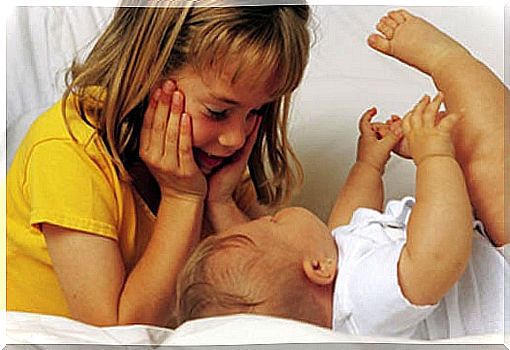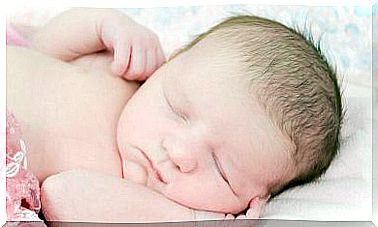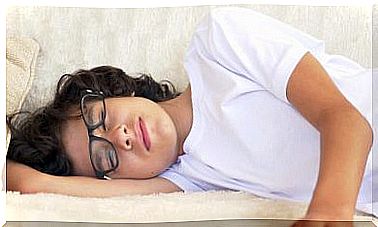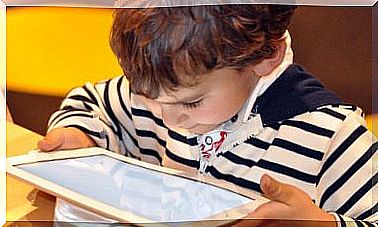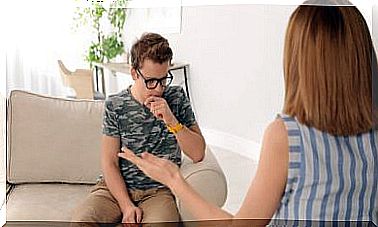Impetigo In Children: Types, Symptoms And Treatment
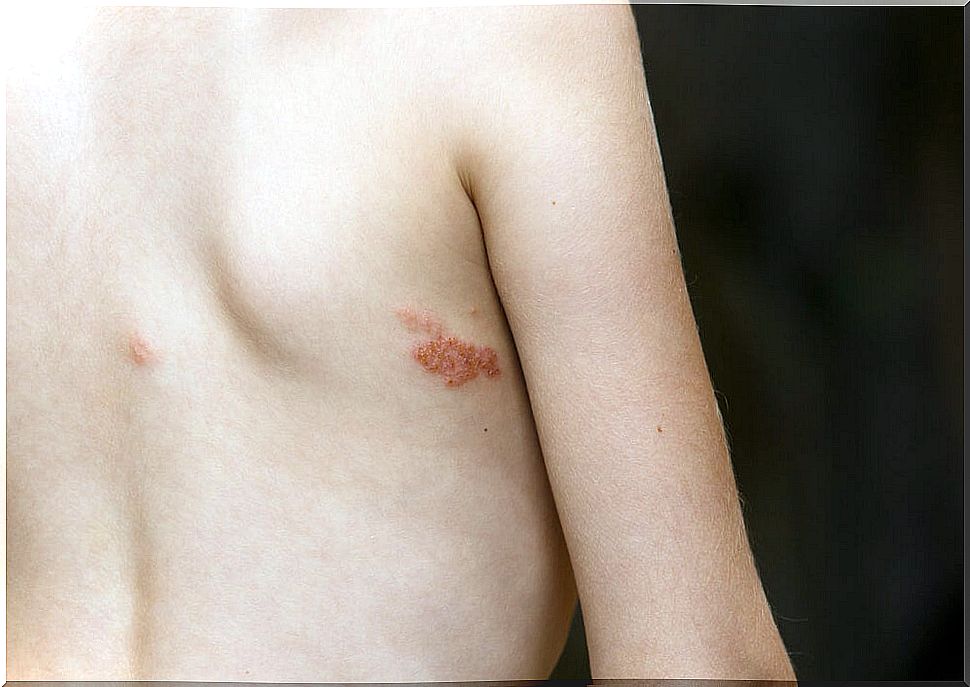
Impetigo is one of the most common skin diseases in children. It generally occurs in the summer season and can be transmitted to anyone. However, the little ones are more vulnerable. How is this disease diagnosed and what is the required treatment? Find out below.
What is impetigo?
Impetigo in children is a bacterial infection that causes inflammation in the superficial part of the skin. In particular, it is caused by strep and staph bacteria. Children are more likely to suffer from it since it develops easily on irritated skin, for example, in the diaper area. Also, another cause is skin problems such as insect bites, eczema, scratches, or poison ivy rashes.
On the other hand, this infection has a higher incidence in the summer due to the temperature conditions. In addition, in the summer, children often go to swimming pools where they are exposed to higher humidity and chlorine, which causes damage to the epidermis and, in turn, generates impetigo.
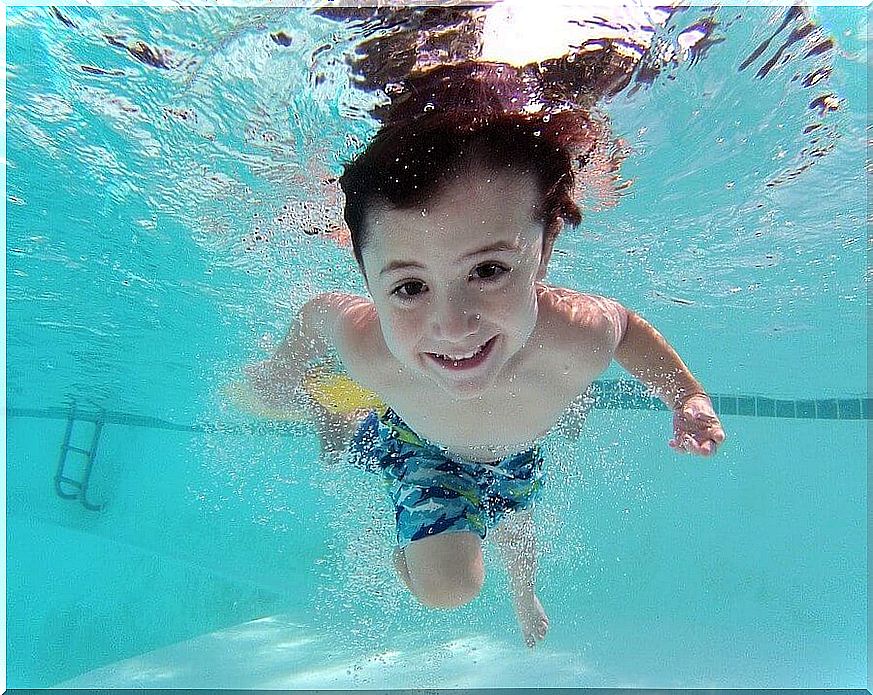
It is highly contagious by direct contact, as well as by contact with objects that have been in union with the infected skin. The risk of contagion increases in children with low defenses and with other conditions in the epidermis such as atopic dermatitis.
Types of impetigo
There are three types of impetigo in children, although the most common does not cause blisters.
Not blistering
This infection, unlike bullous impetigo, is caused by the bacteria Streptococcus pyogenes . It is characterized by erosion of the dermis, in which skin-colored crusts appear. Sometimes a red circle appears around the lesions: the smallpox releases a yellowish fluid that ends in a soft, sticky yellow crust. It is easy to get complicated in patients with other diseases such as diabetes or cancer.
Bullous impetigo
This type of impetigo in children is triggered by the Streptococcus Aureuusy bacteria . Commonly, it produces brown blisters without erythema on the trunk and extremities of the child. These break easily because their crust is very thin.
Ecthyma type impetigo
In this case, the impetigo has the appearance of perforated ulcers. They become yellowish scabs with red edges, itching and pain, can last for days or weeks. When they burst, they form a honey-colored crust around the sore.
How to diagnose impetigo: symptoms and signs
Generally, the diagnosis of impetigo is based on its appearance. However, in some circumstances they need to draw a small sample of the fluid contained in the blisters or pox. This infection produces sores anywhere on the body, although the most prone areas are the nose, mouth, forearms and diaper areas. Another symptom of impetigo is very itchy blisters, sometimes burning and pain.
Treatments for impetigo in children
Being bacterial in nature, the most appropriate treatment is antibiotics, emollient and anti-inflammatory creams. These must be prescribed by your child’s pediatrician. If the infection affects small areas of the skin, it can be treated only with ointments. If the little one does not improve or has a fever after three days of medication, you should see the doctor again.
In addition, while the child is in treatment, you should wash the affected areas gently and with warm water every day. Use antiseptic soap and clean gauze, and trim her nails to prevent scratching and spreading the infection. If the pediatrician recommends covering the impetigo areas with gauze or plastic bandage, it should be kept clean and loose. Atopic patients must have the correct daily hydration and thus repair the skin barrier function.
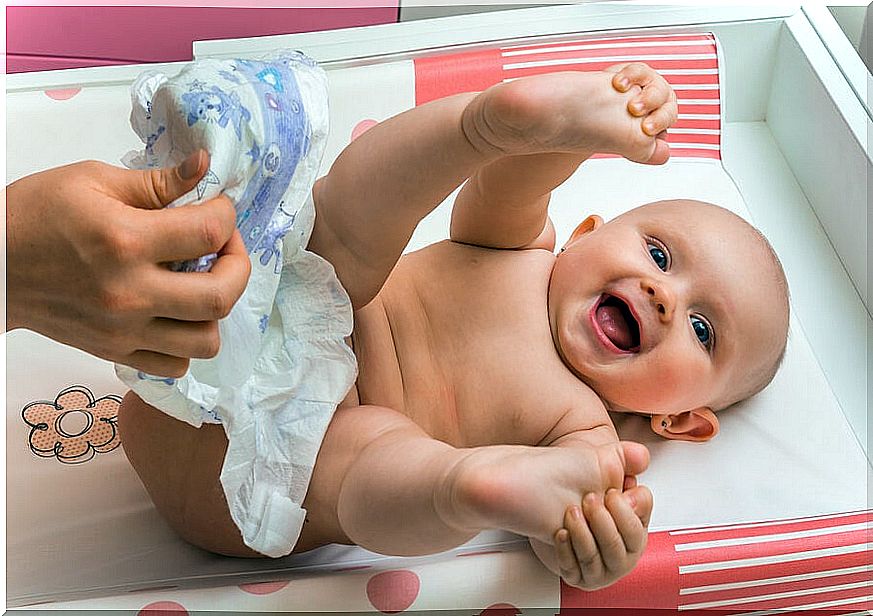
Prevention
The main way to prevent infection is to maintain hygiene habits.
- Wash your hands regularly.
- Make sure your child always uses soap and enough water.
- Pay attention if you have areas of your skin affected by cuts, insect bites, scratches, or rashes.
- If a family member has impetigo, avoid direct contact and use antibacterial soap and make sure everyone uses a different towel.
If you discover that your child has symptoms of impetigo, do not hesitate to go to the doctor. Remember to follow their recommendations and avoid the spread of the disease.
